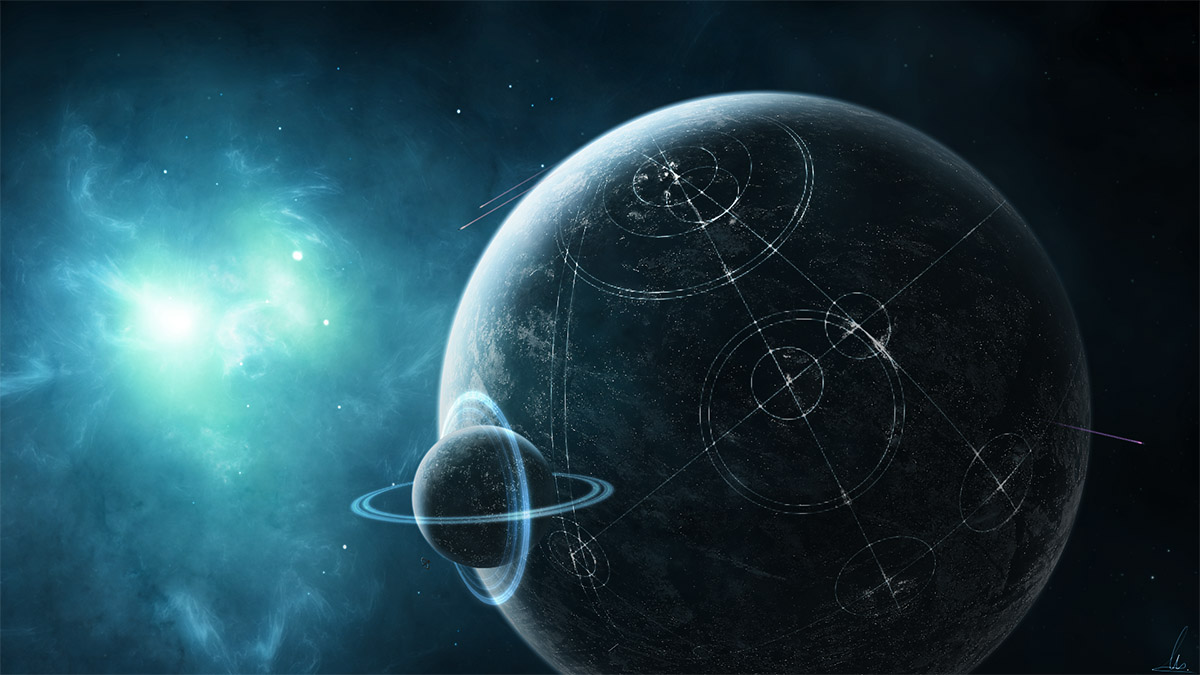why hundreds of aliens probably aren’t trying to contact us

When a star called KIC 8462852 — I know, I know, doesn’t exactly roll off the tongue nicely, does it? — was showing some bizarre dimming, almost as if a huge object was temporarily blocking its light, a number of media sources, and a few scientists actually wondered aloud about this being the work of an alien civilization because no other explanation was very satisfying either. It really is very intriguing but very unlikely, for many reasons, and it does go to show than if we look hard enough at enough stars, we’re going to find some rather unusual behaviors. Now, a survey by a duo of Canadian astronomers found rather unusual behavior on a massive scale.
Let’s back up for a second before discussing their results, and talk about two really cool and related things: lasers and active SETI. Say you want to try to contact an alien society, regardless of whether it’s a good idea. One way for you to do that is to use extremely powerful laser pulses that encode a simple to translate message, though this is also problematic in the real world. If all goes well, an alien astronomer will note a pulsed signal coming from your star and start investigating. The obvious question here is whether any aliens are doing something similar on their end and whether we can detect it. That is exactly what the Canadian astronomers sought to find out and proceeded to review scans of 2.5 million stars, finding 234 candidates for a pulsed laser signal that fits with their prediction of what alien active SETI should look like if we’re on the receiving end.
So… aliens? Not exactly. The astronomers note that all the candidate stars are close to the Sun’s spectral range, which may not be the best targets for finding habitable planets statistically speaking, and while acknowledging the match for their active SETI signal model, they point two two other, far more likely culprits. The first is artifacts in the data they analyzed from the Sloan Digital Sky Survey effort. The second is that some stars of a certain spectral range have something happening in their innards that causes their light to come through in precise pulses separated by a constant interval. If that does sound artificial to you keep in mind that natural stellar objects can produce very similar signals. When the first neutron stars were detected, astronomers had to entertain the thought that aliens were trying to call them because the pulses were so precise and regular, almost as if created by a computer.
For me personally, the fact that the pulses they found were limited to only a single type of star similar to our sun instead of the red dwarfs where we’re finding evidence of habitable worlds, makes the chemical oddity hypothesis seem like the most likely one. The survey data seems quite solid and vetted, and the analysis methods are thoroughly peer reviewed. If we give this study the benefit of the doubt and assume no errors which would’ve resulted in an infinitesimal amount of artifacts, there are, seemingly paradoxically, way too many pulsed signals for even half of them to be signs of extraterrestrial SETI efforts. One or two from a Sun-like star and a dozen from red dwarfs would have been much more intriguing, but these are not the results we’ve found from our current searches. Ultimately all we can do when it comes to trying to find aliens is keep looking and keep trying.





